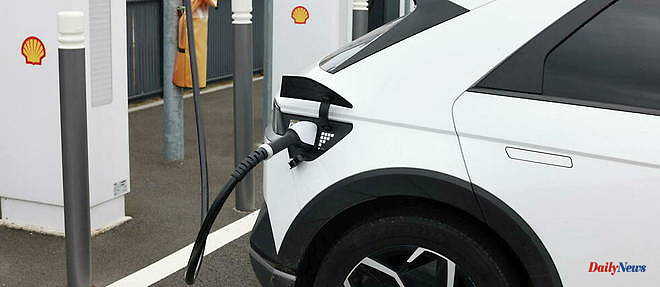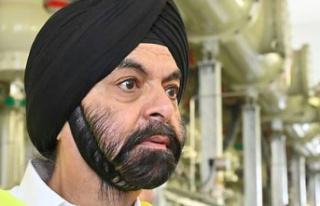It was one of the most beautiful blunders of Ségolène Royal. During a visit to the Paris Motor Show in 2016, the political leader, then Minister of the Environment, promised 100,000 terminals accessible in public space for the year 2020…
Aware of the delays, the government of Jean Castex then promises to achieve this by the end of 2021. May 2023… that's it. The milestone of 100,000 charging stations will be reached on May 5. Finally ! “As often in France, there was no enforcement policy. We just let the private players and the local authorities manage, ”confided to us a few months ago the boss of an operator of fast charging stations.
"That's the risk when you set an ambitious goal like 100,000 terminals. If it is not reached, we spend the time commenting on it, ”recognizes Clément Molizon, general delegate of Avere-France, association for the development of electric mobility. He prefers to emphasize the clear acceleration of recent months.
The delegate general of Avere-France argues that "France is among the top of the class in Europe". Our country surpasses Germany in the number of charging points, although more electric vehicles are circulating there, and is just behind the Netherlands, which had 115,000 terminals in service last March.
The crossovers of this summer 2023 will be a major test for the electric car in France. Will there be queues on the sidelines of crowded motorways, such as at the Montélimar rest area on the A7, not far from the junction of the A9 or at the crossroads between the A31 and the A4, in the suburbs of Metz?
Sales of electric cars have literally taken off. They now account for around 15% of passenger car registrations and jumped nearly 50% in the first quarter of 2023, to 65,000 vehicles, according to data from the French automakers committee.
The conceded motorways are among the good students in terms of terminals. The service area equipment rate stood at 80% at the end of 2022 and will be 90% at the start of the summer, with a target of 100% in October. On the other hand, the shoe pinches clearly on the side of the network which includes the non-conceded motorways and the national roads.
Of a total of 184 service areas, only 31 were equipped with charging stations at the end of 2022 (160 charging points including 117 of more than 150 kW in total), indicates the Ministry of Transport. That's a very poor equip rate of 17%!
The ministry of Clément Beaune promises 77 areas equipped with more than 350 charging points of more than 150 kW in total by the end of the year. He seems to discard himself by assuring that this equipment is "complementary to the many high-power charging stations available outside service areas on major axes, such as shopping centers on the ring roads of large cities".
Is this slowness due to the lack of resources allocated to the deployment of terminals? As part of the 100 billion euro recovery plan unveiled at the start of the 2020 school year, the State has provided 100 million euros in subsidies for electrical charging infrastructure.
The issue of motorways and national roads is not trivial. It will be essential for the experience of the motorist who takes his electric vehicle for the first time for his summer vacation. During a recent round table at the Drive To Zero show, managers from Vinci Autoroutes, Sanef and APRR warned of the risks of future tensions on the roads of France in the next three to four years.
“We are currently discussing with manufacturers to find out how many bollards we will need on the main roads in the years to come during major crossovers. According to our calculations, it would take 60 to 70 charging points on each area on average, i.e. an installed power of 9 megawatts per area", explained Louis du Pasquier, director at Vinci Autoroutes, operator of the first French motorway network (4,443 km of highways). It is therefore a question of multiplying between six and ten the number of charging stations over the next ten years. A challenge.
“Certain very busy axes such as the A10, A7 or A9 risk quickly saturating. This could happen as early as 2025 if the momentum in electric vehicle sales continues,” warns Louis du Pasquier. To save one to two years, Vinci Autoroutes also plans to equip the rest areas.
Especially since the rate of availability of charging stations still needs to be improved. It's around 86% today. This means that 14% of them are in maintenance or out of service. It's still too much. Before hitting the road, it is best to download the reference application on your mobile phone, Chargemap.












